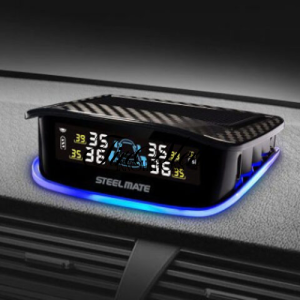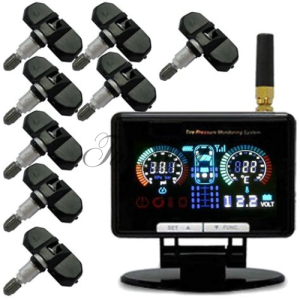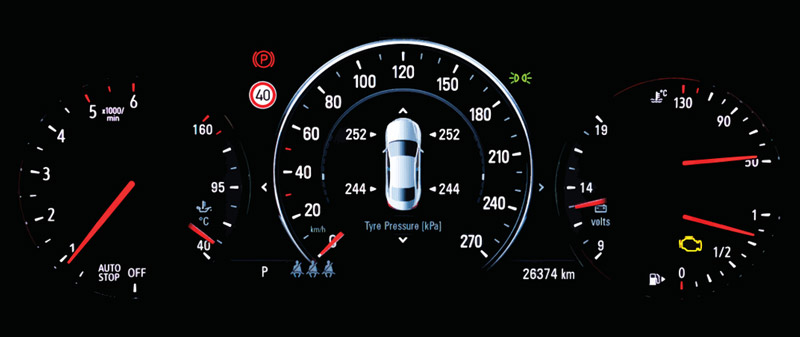Blog
How to Check and Replace TPMS Batteries in Your Car
How to Check and Replace TPMS Batteries in Your Car
Tire Pressure Monitoring Systems (TPMS) are an essential safety feature in modern vehicles, helping to monitor tire pressure and ensure your tires are properly inflated. However, like all electronic systems, the batteries in your TPMS sensors don’t last forever. Over time, they will lose power, and when that happens, your TPMS may stop working or start providing inaccurate readings. In this guide, we’ll walk you through how to check the TPMS battery, how to replace it when necessary, and tips to ensure your system continues functioning optimally.
What is TPMS and Why is Battery Health Important?
TPMS is a system designed to monitor the air pressure inside your tires and alert you if any tire is underinflated. It is typically composed of sensors mounted on each tire’s valve stem or inside the tire. These sensors transmit pressure data to a display or warning light in your vehicle’s dashboard.
Since these sensors rely on batteries to function, ensuring that the batteries are in good condition is crucial. If a TPMS sensor’s battery dies, the system will no longer be able to monitor tire pressure, and you might miss critical warning signals, such as underinflation, which could lead to dangerous driving conditions.
How to Check Your TPMS Battery
- Dashboard Warning Light:
The first sign that your TPMS battery may be failing is usually the illumination of the TPMS warning light on your dashboard. While this light could indicate low tire pressure, it can also mean that there’s an issue with the TPMS itself, such as a dead sensor battery. If the light remains on or blinks after you’ve checked and corrected tire pressures, it could be a sign that one or more of the sensors need attention. - TPMS Sensor Alerts:
Some newer vehicles come with diagnostic systems that allow you to view the status of your TPMS sensors, including their battery levels, via the infotainment screen. Check your vehicle’s owner’s manual or settings menu to see if such a feature is available. - Manual Diagnostic Tools:
If your car doesn’t have a built-in diagnostic tool, you can use a TPMS tool or scanner to check sensor statuses, including battery life. These tools can read the signal from each tire’s sensor and will indicate if the sensor is sending data or if the battery is dead. 
How to Replace a TPMS Battery
If your TPMS system is showing signs of failure due to battery issues, here are the general steps for replacing the sensor batteries. Keep in mind that replacing TPMS batteries often requires dismounting the tires, so if you’re not comfortable doing this yourself, it’s advisable to take your vehicle to a professional mechanic or tire shop.
1. Remove the Wheel/Tire
Replacing the battery in a TPMS sensor typically requires removing the wheel and tire to access the sensor. This is because the TPMS sensor is mounted inside the tire. Here’s how to do it:
- Lift your vehicle: Use a jack to lift your car, making sure it is on a stable surface.
- Remove the tire: Loosen the lug nuts and remove the tire from the vehicle.
2. Locate the TPMS Sensor
Once the tire is removed, locate the TPMS sensor, which is usually mounted on the valve stem. The sensor may be encased in a rubber or plastic housing.
3. Dismount the Tire from the Rim
To access the sensor fully, you’ll need to remove the tire from the rim. This can be done by deflating the tire, breaking the bead (the seal between the tire and rim), and then using a tire machine or manual tools to separate the tire from the rim. This step is best performed by professionals if you’re not familiar with the process.
4. Replace the TPMS Sensor Battery
- Open the sensor: Once you have the TPMS sensor in hand, open its casing to expose the battery.
- Remove the old battery: Carefully remove the old battery from the sensor and dispose of it properly.
- Install the new battery: Replace it with a new CR2032 coin battery or the type specified for your sensor model.
- Reassemble the sensor: After replacing the battery, reassemble the sensor, ensuring that it is sealed properly to prevent water or dirt from entering.
5. Reinstall the Tire
After replacing the battery in the TPMS sensor, reinstall the tire onto the rim. Make sure the tire is securely fitted and that the valve stem is properly aligned. Then, re-inflate the tire to the recommended pressure and mount it back onto your car.
6. Test the TPMS System
Once the tire is back on the car, turn the ignition on and check that the TPMS warning light on the dashboard turns off. If the system is functioning correctly, the light should reset. If it doesn’t, there may be another issue with the TPMS, and further diagnostics might be needed.

Professional Help vs. DIY
While some car owners with DIY experience may feel comfortable changing a TPMS sensor battery themselves, it’s worth considering professional help. Tire shops and mechanics have the equipment necessary to remove and reinstall tires safely, and they can also ensure that your TPMS system is re-calibrated correctly after the battery replacement.
Additionally, professionals can check the entire TPMS system for any other potential issues, such as faulty sensors or damaged components, which may not be apparent to the average DIYer.
Tips for Maintaining TPMS Batteries
- Check Tire Pressure Regularly: Keeping your tires properly inflated not only ensures the health of your tires but can also reduce strain on your TPMS sensors, potentially prolonging their battery life.
- Replace Sensors When Needed: If the battery replacement doesn’t restore your system to full function, you may need to replace the entire sensor. Many TPMS sensors are designed to last for 5 to 7 years, but this can vary depending on usage.
- Consult Your Manual: Your car’s owner manual will provide detailed information about your TPMS system and the sensor battery type. Always refer to it to ensure compatibility when replacing the battery.
- Avoid Overheating: TPMS sensors are sensitive to extreme temperatures. Try not to leave your vehicle parked in excessively hot or cold environments for extended periods.
Conclusion
TPMS batteries are crucial for ensuring the effective operation of your vehicle’s tire pressure monitoring system. Regularly checking and replacing your TPMS battery can help maintain the safety and performance of your car, preventing unnecessary tire damage, blowouts, and costly repairs. Whether you choose to replace the batteries yourself or seek professional help, knowing how to check and replace your TPMS batteries is an essential part of responsible vehicle ownership.
By staying on top of TPMS maintenance, you ensure that your tires remain properly inflated, your vehicle stays safe, and you avoid costly problems down the road.


